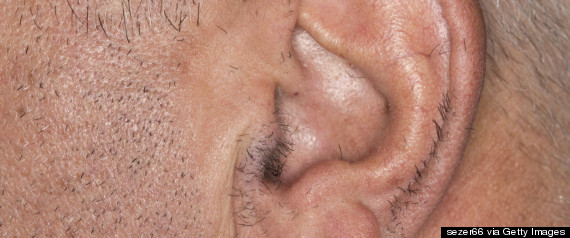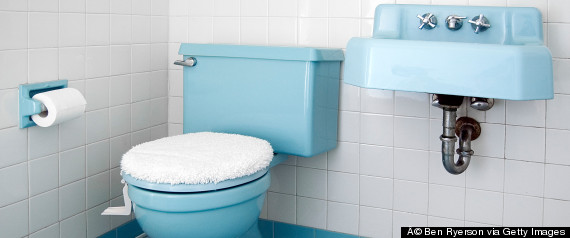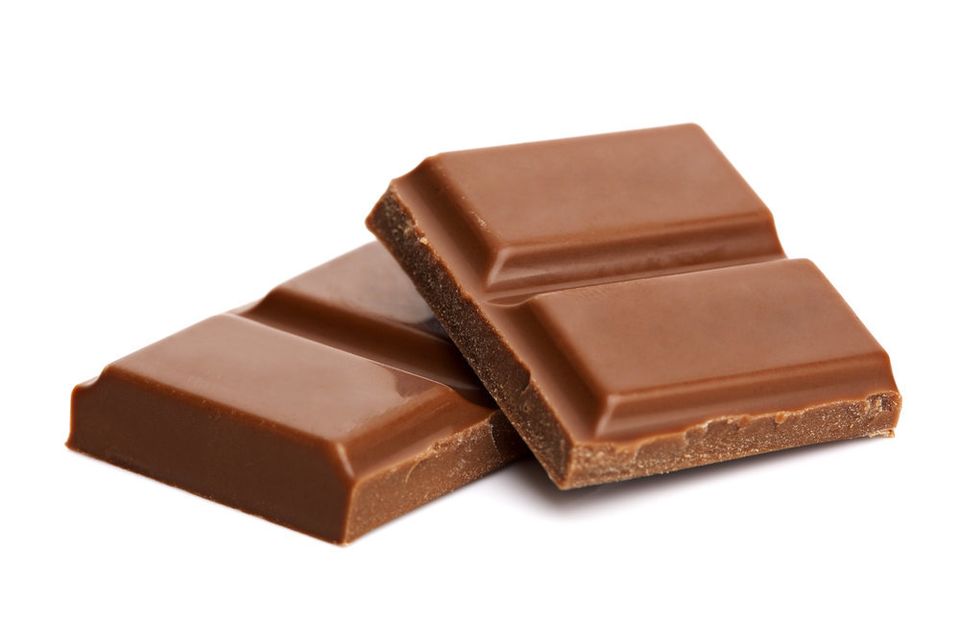
SPECIAL FROM Grandparents.com
“Attention ladies and germs . . . “ It sounds like the opening of a bad comedy routine, but it turns out, those comedians were onto something. Women and men—even those who subject themselves to bad stand-up routines—are 100 percent human, but only 10 percent of the cells in their bodies are recognizably human cells. The other 90 percent? Bacteria and other microorganisms.
The bacteria are everywhere. In our mouths, our guts, and under our nails. We can scrub and brush and gargle, but we’ll never win the antibacterial war; we’re outnumbered. And that’s actually a good thing! Most of the bacteria we carry around with us have our best interest in their single-celled versions of a heart and brain. But given that we’re basically walking petri dishes, maybe it isn’t so surprising that lots of stuff our bodies do is—in a word—disgusting. While some of this stuff looks like madness, there’s actually a method behind each and every unsavory bodily function. Read on for the repulsive truth:
MucousWhether it presents as the snot and boogers in your nose or gobs of phlegm you cough up, the sticky goo our bodies produce by the quart every day serves an important purpose: It lubricates your system. Mucosal (mucous producing) tissue lines your mouth, your nasal passages and sinuses, your throat, your lungs, your reproductive organs, and even your stomach and your small and large intestines to keep tissues moist and healthy.
Mucous is also sticky, and that’s important because it acts as a filter, especially in your respiratory tract. Stuff like dust and bacteria get trapped in the goo, and the fluid even has antibodies and enzymes that help it to identify and kill foreign bacteria and viruses. When you’re sick, or when it recognizes an invader like, say, ragweed pollen, your body amps up fluid production to literally drain the contaminants from your system.
The best way to help it do its job is to make sure you drink lots of water, take a hot shower (the steam will work to clear your sinus passages), and gargle with salt water (the salt will help to liquefy thick mucus.) A change in the color of your mucous – from clear to yellow or green – is often a sign of infection and may warrant a trip to the doctor’s office.
Flatulence
Long before the invention of the whoopee cushion, farting was cause for laughter. From the calligraphic texts of 13th century Catholic monks to memorable moments Blazing Saddles and Shrek, breaking wind has been standard-issue comedic stock. Why is the back-end blowout so funny? Maybe it’s because we all have to do it more than a dozen times a day. (And if you don’t, they’ll come out as soon as you relax and fall asleep.)But the butt burp isn’t just good for a joke. If you’ve ever had surgery, you know that doctors won’t let you leave the hospital until you’re able to pass gas; it’s a good sign of gastric motility, meaning that things are moving the way they should. Gas gets into your digestive tract in two ways. The most obvious is the air we swallow when we chew our food. But the bacteria in our gut eat what we eat, and they produce a lot of gas in the process, which then makes it way out through the back door.
PusHere’s the bad news about pus: When you see it, you know there’s some kind of infection present. Now for the good news: It wouldn’t be there if your body’s immune system wasn't doing its job.
Pus is an accumulation of white blood cells—dead white blood cells, to be precise. Leukocytes, the medical term for white blood cells, are produced in the bone marrow. When the body detects infection, it sends a veritable army of leukocytes to the problem area within an hour. The more white blood cells that die in the battle, the more pus will be present. This is true whether the issue is a pimple on the surface of the skin or a post-surgical infection.
Ear Wax We’re all about the clean here in the US of A, which may be why there are literally hundreds of patented devices that promise to remove ear wax.
We’re all about the clean here in the US of A, which may be why there are literally hundreds of patented devices that promise to remove ear wax.
Humans and other mammals produce cerumen (ear wax), which helps clean, protect, and lubricate the ear canal. It has antibacterial and antifungal properties and acts as a filter, trapping dirt, dust, and bacteria to protect against infection. As the glands produce fresh fluid, the “used” wax dries up and falls out, since every movement of the jaw helps to keep it moving up and out of the ear canal.
The most important thing you need to know about ear wax is that you should leave it alone; the ears are one of the body’s most perfect self-cleaning systems. Ear-candling, which is offered at many salons, can result in burns and isn't proven to be effective. And DIY cotton swabs don’t clean so much as they push ear wax into the canal, causing more problems. If you think ear wax build-up may be affecting your hearing, or possibly even your balance, see your doctor.
VomitYou probably know that vomiting is the body’s way of ridding itself of toxins—for example, too much alcohol, parasites from bad sushi, or an invading virus like the flu. But it’s also part of the body’s fight-or-flight response, which is why you may experience nausea when you’re in a stressful or anxiety-producing situation, and why bad news or extreme pain can make some people vomit. Digestion is the most energy-intensive thing your body does so, in a crisis, it makes sense that the body might empty the contents of the stomach to free energy and direct it elsewhere. Stomach acid is strong enough to dissolve metal, so to protect you from that acid as it comes out, the body takes a deep breath to keep you from accidentally getting vomit in your respiratory tract, and produces extra saliva, which helps to protect the enamel on your teeth.
Some of us get nauseated just thinking about vomit, and seeing someone else throw up can make us hurl, too. One theory holds that there’s an evolutionary reason for this: Since there was a time we lived in tribes and shared food sources, if something made one member of a group sick, there was a good chance it wasn’t good for anyone in the group. Today, of course, this is less useful than it might once have been, but that biological hardwiring is still there.
Poop You know the basics: Poop is your body’s way of taking out the trash; getting rid of what it can’t use or doesn’t want. It’s not pretty, but it does have value in ways that might surprise you.
You know the basics: Poop is your body’s way of taking out the trash; getting rid of what it can’t use or doesn’t want. It’s not pretty, but it does have value in ways that might surprise you.
If you’re healthy, your poop could be used in a fecal transplant. Healthy feces contain good bacteria, and that bacteria can be placed in the gastrointestinal tract of an unhealthy person with healing results that often seem miraculous. Fecal transplant is most commonly used in the United States to treat a condition called Clostridium difficile infection (CDI), a painful and sometimes fatal kind of colitis. Well-respected institutions like the Mayo Clinic have been impressed with the results of fecal transplant for treating CDI, noting the procedure is quick, inexpensive, and has a 90 percent cure rate. Fecal transplants are now being used for other conditions, like obesity and some auto-immune conditions to great effect. In this case, at least, “sh*tty results” are actually a good thing!
Read more from Grandparents.com:6 ways to cope with chronic illness6 penis problems that happen with ageArthritis tools to make life easier
